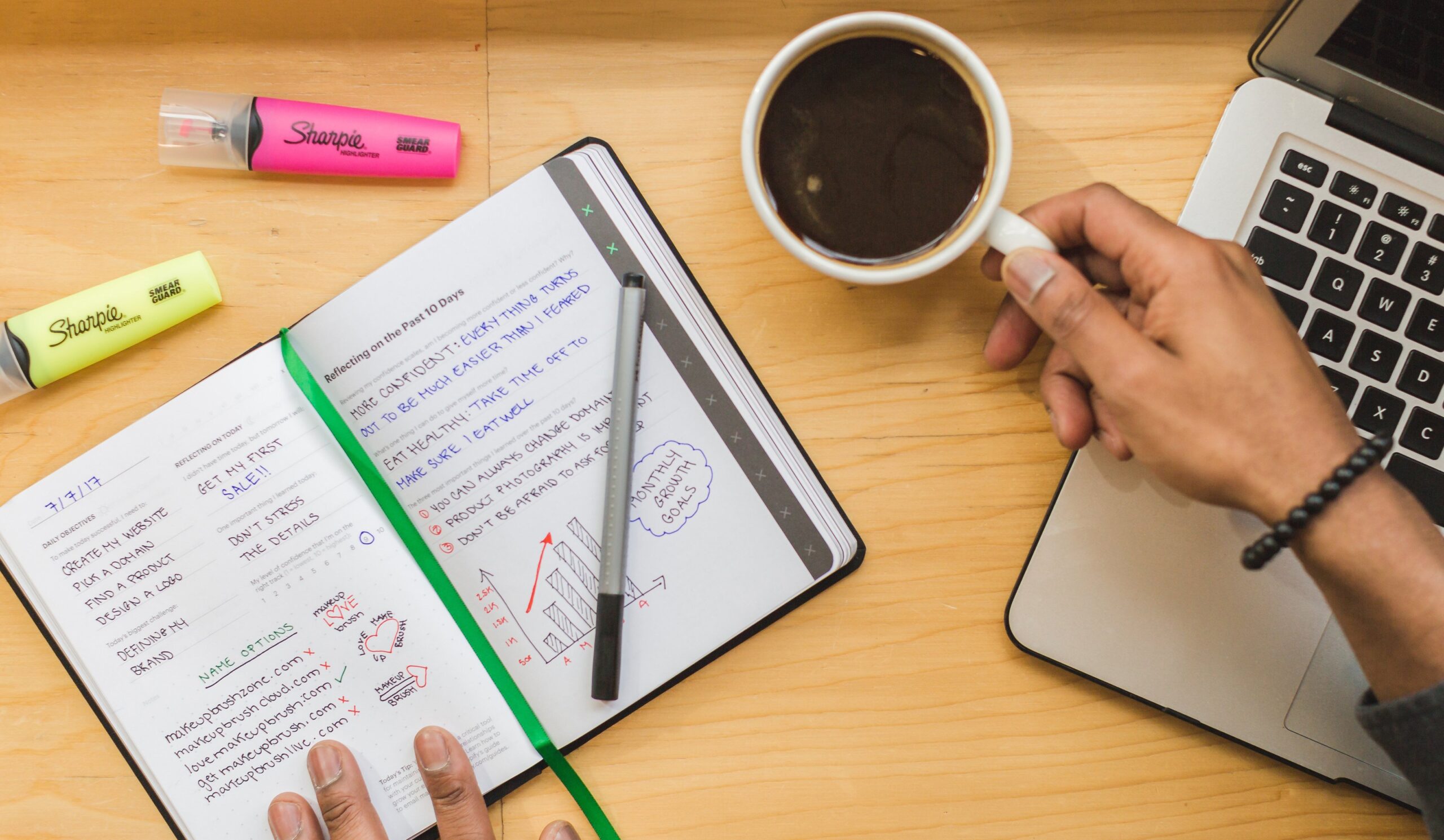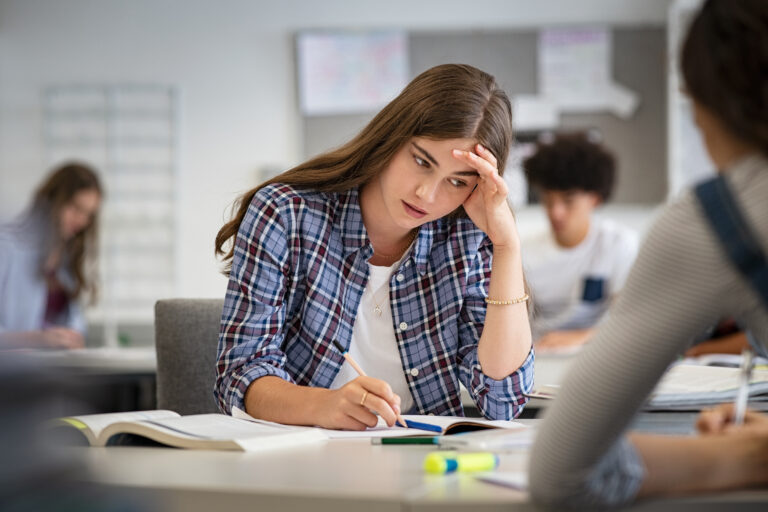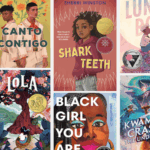Forward
by Teaching Channel’s Vice President of Engagement, Paul Teske
This summer, I was humbled and energized by the diversity, compassion, and wisdom of the educators that we convened as part of the Fab Five ELL Squad and California District EL Network. The goal of our gathering was to deepen our understanding of how best to serve bi- and multi-literate students. With the generous support of the Helmsley and Stuart Foundations, we came together to share our challenges and collective wisdom.
With the support of Sarah Ottow from Confianza, each member of the ELL Squad had a project with distinct goals for better understanding their puzzles of practice. Our Fab Five ELL Squad will be sharing their useful work in the upcoming months.
Damaris Gutierrez is first up in our Fab Five ELL series of blog posts. Damaris is from Northside ISD in San Antonio, Texas, where she served as the teacher of elementary refugee students in a sheltered instruction environment. In her project, she focused on reading instruction, culturally responsive teaching, and assessment.
As a newcomer ESL teacher to refugee students in an elementary setting, my classroom was self-contained and I taught language through content in a sheltered instruction environment.
The thought of teaching self-reflection terrified me.
I just didn’t know how to do this with my students.
But self-reflection and assessment is a requirement of the SIOP Model I use with my English Language Learners (ELLs). I remember reading this requirement and thinking — how? How can I get my beginner ELLs, who have limited or no prior schooling experience, to reflect on their language development and content knowledge in English?
Throughout the process of becoming a National Board Certified Teacher, I’ve had to assess my own teaching practices, plan to improve my instruction and act on those plans, view my own teaching, and reflect on my teacher actions and student learning. But teaching my students to self-assess their own learning really challenged my ideas about what they were capable of doing.
Self-reflection would first challenge me to think beyond my current expectations and then inspire me to explore new teaching practices.
Creating My Own Self-Assessment
One thing I did know was that I didn’t want to reinvent the wheel, so I thought about some of the thinking routines we were already using in our classroom.
- A Star and A Wish. During writing activities, we give a “star” for what we like about a person’s writing and a “wish” for questions about their writing or suggestions for what else they might add to make the writing stronger.
- See, Think, Wonder. We also use a Making Thinking Visible routine by stating what we see, think about what that means, and wonder about any questions we still have.
I decided to merge these two strategies and create a new thinking routine, Glowing and Growing through Self-Assessment.
Glowing and Growing Through Self-Assessment
This thinking routine is meant to engage English Language Learners in their own growth and to plan for their next learning steps. We must give ELLs a spotlight to see their success and the resources necessary to improve. We can create these opportunities by engaging students in self-assessments that allow them to Glow and Grow.
By incorporating this learning experience into your classroom, ELLs will have an opportunity to build an awareness of their strengths and areas needing improvement in order to track their own growth.
Launch: Tips for Starting this Routine
- Use this routine at the beginning of every unit to ensure students have multiple opportunities to engage.
- Model how to use the Glow and Grow protocol and guide students through this process to allow for a gradual release of responsibility.
- Use this routine quarterly in order for students to think carefully about their learning after an assessment, unit, project, assignment, etc. For example, before we began a math unit, my students would take a pre-assessment that I wouldn’t review with them after they completed it. Once the unit ended, I’d give the same assessment as a post-test. We’d then compare our learning in a small group setting.
- Teachers can decide if the learning artifact is teacher or student selected.
- This learning process can be used in different instructional formats: whole and small group, peer to peer, and with parents during student-led conferences.
Instructional Formats
Small Group
- Students focus on what they did well and next steps.
- During think time, students write their responses (this may vary by student proficiency level).
- After think time, students engage in teacher-to-student and/or peer-to-peer discussions. The teacher or the student uses the guiding questions and students use the stem provided.
- Use the different linguistic accommodations provided or respond appropriately to students’ needs.
- After each student has shared, allow students to give positive reinforcements to others.
- While students are sharing, teachers use their observation tool to assess language proficiency.
This process should take 20-30 minutes.
Pair Work
Once students are familiar with the Glow and Grow thinking routine, they can facilitate this process with a peer(s).
- Review the directions and procedures to ensure students understand how to provide help (linguistic accommodations) to their peers.
- Students can record their responses jointly on their response form.
- Offer students the opportunity to use a digital portfolio to record their responses if the technology is available.
- Teachers observe students in pairs and use their observation tool during this time to assess language proficiency.
Student-to-Parent
During student-led conferences or parent conferences, students can select an example of their self-assessment to demonstrate their growth during the year. Students can then choose to explain the process in their first language (L1) to ensure their parents understand, or in English.
Teacher-to-Teacher
Teachers can share their students’ Glow and Grow to highlight the trends, growth, and next steps with one another to demonstrate how self-assessment makes student thinking visible and drives a teacher’s instructional practices.
In the next part of this series, we’ll learn more about the Glow and Grow Self Assessment protocol. It’s important to know about appropriate content, usage, variations, linguistic accommodations, and steps to incorporate the protocol into your classroom.
Though at first I didn’t think it was possible, through this process of teaching my students to self-assess, I gained invaluable insight into their learning that a number on paper was never able to communicate.
For more ideas about different ways that you can support your ELLs every day, check out Teaching Channel‘s English Language Learners Deep Dive.
How do you teach your students to reflect and self-assess in your classroom?








